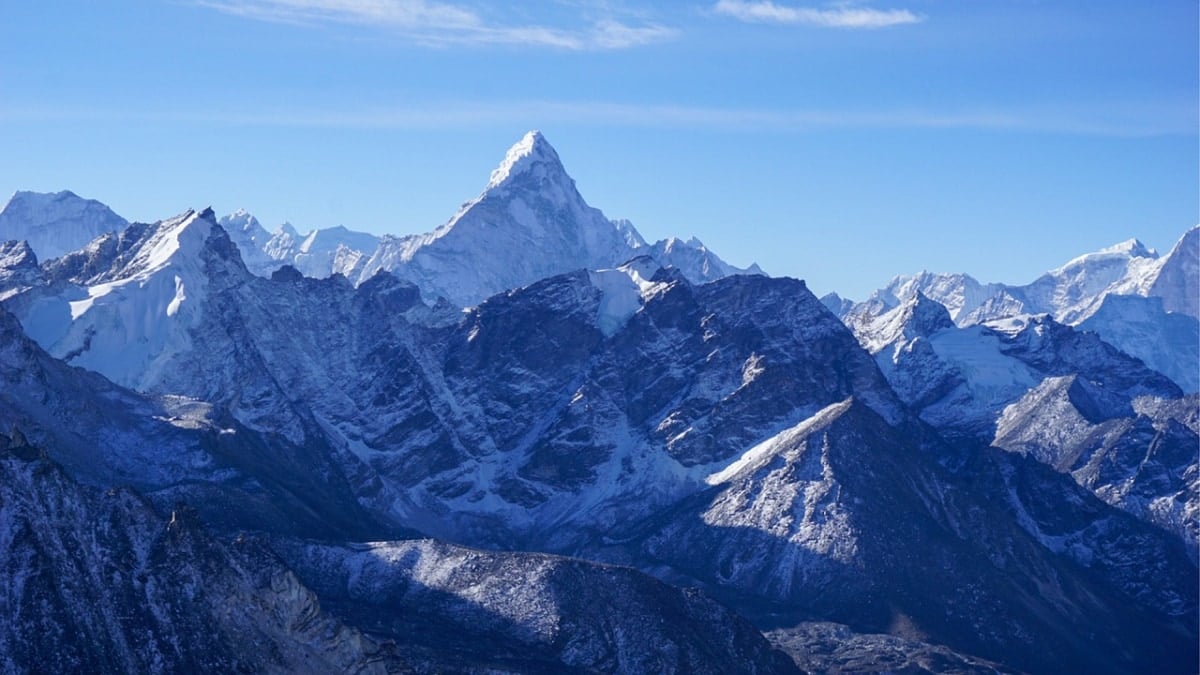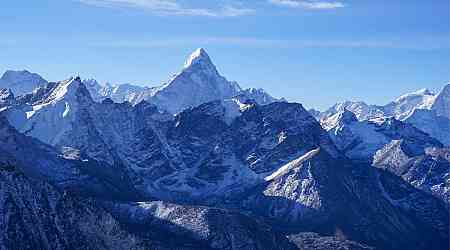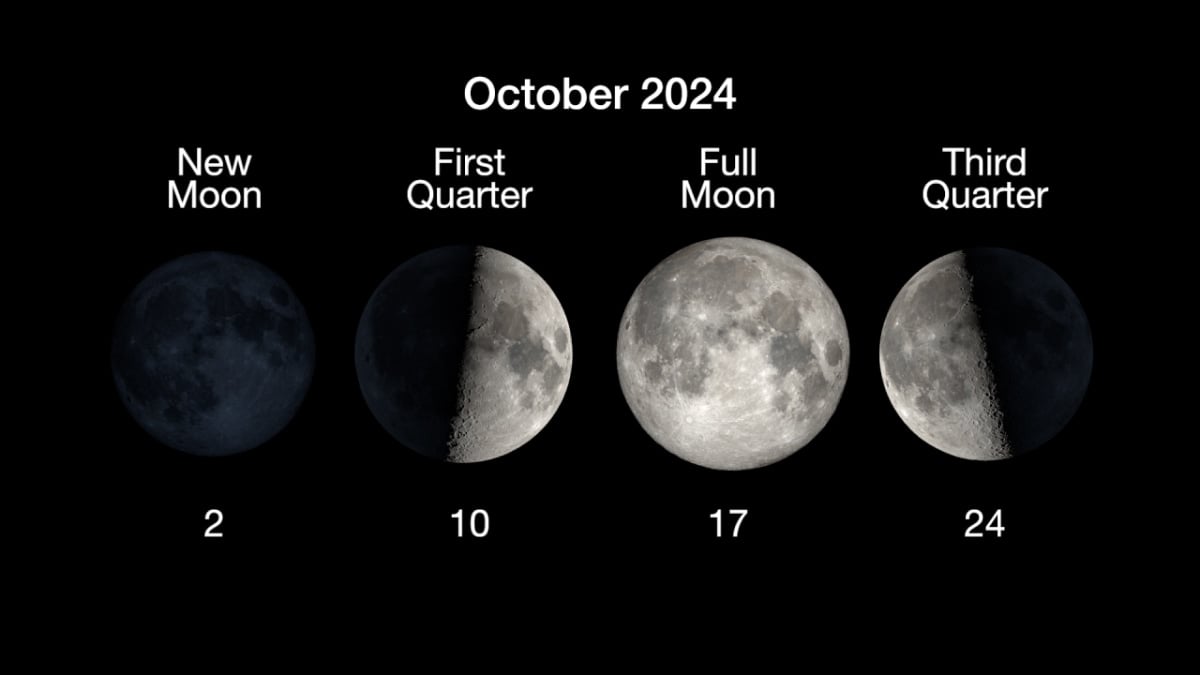A fascinating study suggests that Mount Everest, standing at 29,031.69 feet (8,848.86 m), may be taller than expected due to an ancient river "capture" event. This geological phenomenon occurred approximately 89,000 years ago and involved a river located around 46 miles (75 kilometres) from the mountain. Researchers propose that the erosion resulting from this event caused significant landmass loss, enabling Everest to rise by as much as 164 feet (50 metres). According to Adam Smith, a researcher in Earth Sciences at University College London, this height discrepancy indicates that something unusual is happening within the Himalayan region.
The Mystery of the Arun River
Mount Everest's height surpasses that of its nearest rival, K2, by approximately 820 feet (250 metres). The difference in height is intriguing, leading scientists to investigate the potential influence of the surrounding river systems on the mountain's elevation. One notable river, the Arun, flows in an atypical L-shaped pattern, diverging from the usual straight-flowing rivers. Smith highlights that this strange configuration suggests that the Arun River may have been altered through a "capture" process, whereby it was diverted by the larger Kosi River network.
Research Methods and Findings
The recent study, published in the journal Nature Geoscience, utilised numerical models to trace the evolution of the Kosi River network across China, Nepal, and India. By comparing these models with the current topography, researchers determined that the Arun River was likely captured by the Kosi around 89,000 years ago. This diversion intensified erosion, creating the Arun River Gorge and removing enough landmass to lighten the surrounding area, prompting Everest to rise.
Future Research Directions
The exact cause of the river capture remains uncertain. It could have been the result of one river eroding into another or possibly a glacial lake overflowing, leading to a massive flood that erased natural barriers. Smith believes that Everest's growth is ongoing and will continue until the river systems fully adapt to these geological changes. Future research will focus on the gorge and other affected regions to better understand the timing and implications of this event.
































